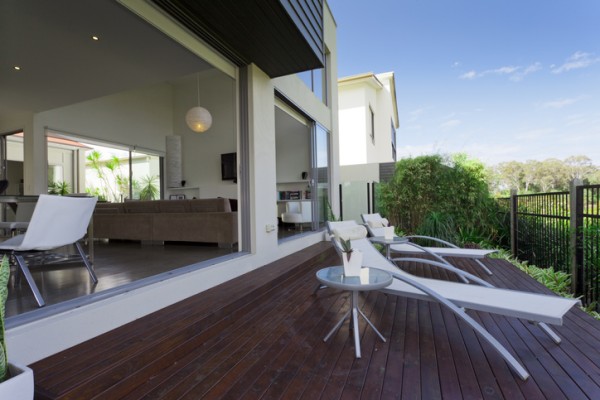
Building a deck enhances your outdoor living space, providing a perfect spot for relaxation and entertainment. However, before embarking on your decking project, it’s crucial to understand the various regulations that govern deck construction in Australia. These regulations ensure safety, compliance with building codes, and suitability for environmental conditions.
1. National Construction Code (NCC) compliance
The NCC sets the minimum requirements for the design and construction of buildings and other structures in Australia. For decking, compliance with the NCC is mandatory, particularly concerning structural integrity and safety.
- Structural design: Decks must be designed to withstand loads as specified in the NCC. This includes dead loads (weight of the deck itself), live loads (weight of people and furniture), and environmental loads (wind, snow, etc.).
- Materials: The materials used must comply with the NCC’s standards for durability and safety. For instance, timber must be treated to resist termites and decay.
- Safety features: Decks must include safety features such as balustrades and handrails where required, adhering to the NCC’s specifications for height, strength, and spacing.
2. Australian Standards for deck construction
Several Australian Standards provide detailed guidance on deck construction:
- AS 1684 – Residential Timber-Framed Construction: This standard outlines the requirements for timber framing, including span tables, bracing, and tie-downs. It’s essential for ensuring the structural integrity of timber decks.
- AS 1170 – Structural Design Actions: This standard specifies the actions (loads) that structures must be designed to resist, including wind loads, which are critical for deck safety.
- AS 3959 – Construction of Buildings in Bushfire-Prone Areas: If you’re building in a bushfire-prone area, this standard provides guidelines on materials and construction methods to reduce the risk of fire damage.
3. State and Territory regulations
Each state and territory in Australia has its own regulations and requirements for decking:
- Victoria: The Victorian Building Authority provides guidelines on decking construction, emphasizing safety and compliance with the NCC. It’s important to check local council regulations for specific requirements.
- New South Wales: The Department of Planning and Environment outlines rules for exempt development, including certain types of decks that may not require planning approval. However, building permits may still be necessary.
- Queensland: The Queensland Building and Construction Commission offers resources on timber deck and balcony construction, highlighting the importance of compliance with local building codes and standards.
- Western Australia: The Building Commission WA provides information on decking regulations, focusing on structural requirements and safety standards.
4. Planning and building permits
Before starting your decking project, determine whether you need a planning permit, building permit, or both:
- Planning permit: Required if your deck affects the external appearance of your property or is in a heritage overlay area.
- Building permit: Necessary for structural works to ensure compliance with the NCC and Australian Standards.
Always consult with your local council to understand the specific requirements for your area.
5. Decking materials and construction techniques
Choosing the right materials and construction techniques is vital for the longevity and safety of your deck:
- Timber: Common choices include treated pine, merbau, and spotted gum. Ensure timber is appropriately treated for durability and resistance to pests.
- Composite materials: These materials offer low maintenance and high durability but must comply with the NCC’s standards for materials.
- Construction techniques: Follow best practices for deck construction, including proper footing depth, spacing, and bracing, to ensure structural integrity.
6. Maintenance and safety inspections
Regular maintenance and safety inspections are crucial to prolonging the life of your deck:
- Inspections: Periodically check for signs of wear, such as loose boards, rusted fasteners, or signs of rot.
- Maintenance: Clean the deck regularly, reapply protective coatings as needed, and replace damaged components promptly.
- Safety Features: Ensure that balustrades and handrails are secure and meet the required standards for height and strength.
By adhering to these regulations and guidelines, you can ensure that your decking project is safe, compliant, and built to last. Always consult with professionals and your local council to navigate the specific requirements for your area.





